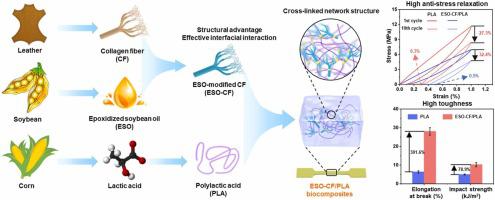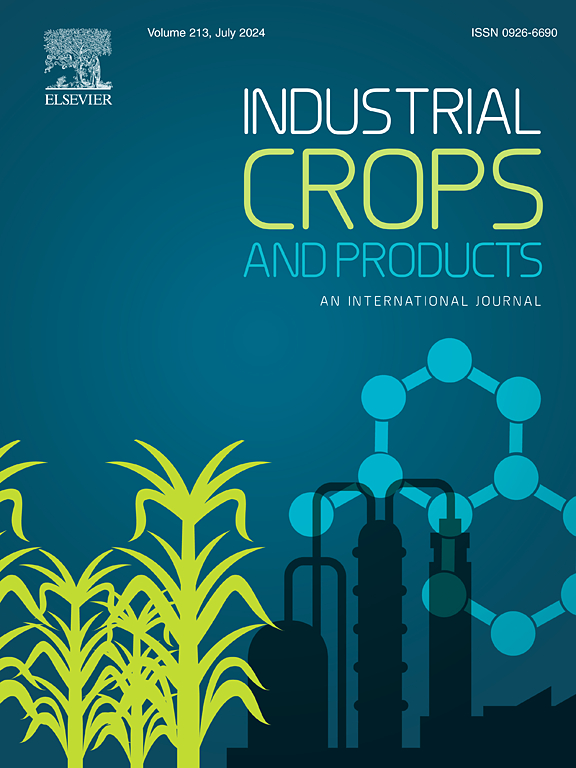Construction of cross-linked networks in polylactic acid biocomposites by using vegetable oil-modified collagen fibers for improving anti-stress relaxation and toughness
Abstract
Polylactic acid (PLA) is a typical bio-based polymer derived from crops. Its widespread application has been limited due to stress relaxation and brittleness. Here, a sustainable strategy to simultaneously improve the anti-stress relaxation and toughness of PLA biocomposites was proposed by blending PLA with epoxidized soybean oil (ESO)-modified collagen fiber (CF, ESO-CF). ESO enhanced the interfacial interaction between ESO-CF and PLA by constructing cross-linked networks in ESO-CF/PLA. Comparative analyses of stress relaxation and fracture behaviors were conducted between ESO-CF/PLA and pure PLA. The stress–strain curves of ESO-CF/PLA showed lower peak stress reduction rate (1% strain; 27.1%) and irrecoverable strain (zero stress; 0.3%) after 10 cycles compared with those of pure PLA, indicating that the introduction of ESO-CF greatly improved the anti-stress relaxation of PLA. Moreover, the elongation at break and the impact strength of ESO-CF/PLA were 301.6% and 78.9% higher than those of pure PLA, respectively, indicating that ESO-CF improved the toughness of PLA. The enhancements were mainly attributed to the naturally multidirectional and hierarchical structure of ESO-CF and the effective interfacial interaction between ESO-CF and PLA. This work provides insights into the development of PLA biocomposites with enhanced mechanical properties by blending with vegetable oil-modified natural fibers.


 求助内容:
求助内容: 应助结果提醒方式:
应助结果提醒方式:


